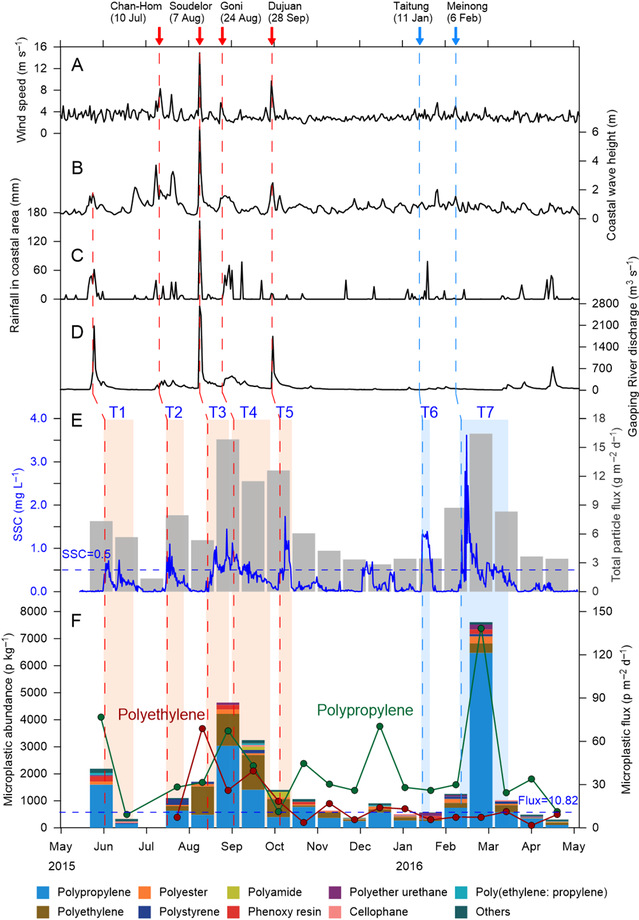Xiaodong Zhang1; Zhifei Liu1; Daoji Li2; Yulong Zhao1; Yanwei Zhang1
1State Key Laboratory of Marine Geology, Tongji University, Shanghai 200092, China
2State Key Laboratory of Estuarine and Coastal Research, East China Normal University, Shanghai 200062, China
Abstract:Microplastics are widely distributed in deep oceans, with some of the highest concentrations reported in submarine canyons, which are thought to be closely related to turbidity currents. However, the turbidity current role in microplastic transport and deposition is poorly understood. Here, we present temporal variation in microplastic abundance and settling flux from sediment trap observations on the levee of Gaoping Canyon, offshore Taiwan, where turbidity currents occur frequently. The results showed that relatively high microplastic abundance and flux were consistent with the increases of near-bottom suspended sediment concentration caused by turbidity currents. The microplastics, dominated by polypropylene (59%) and polyethylene (21%), were probably derived from Taiwan coastal resuspension and river input and then transported into the submarine canyon by typhoon- or earthquake-triggered turbidity currents. During the turbidity currents, the average microplastic abundance and flux was 4137 particles per kilogram and 40.11 particles per square meter per day, respectively, showing an increase of 49% and 270%, respectively, compared to non−turbidity current periods. The total microplastic flux during the turbidity currents accounted for ∼76% of annual flux. Our study highlights turbidity currents to be the major hydrodynamic process in regulating microplastic transport and settling in a submarine canyon.
Full Article:https://doi.org/10.1130/G52116.1


